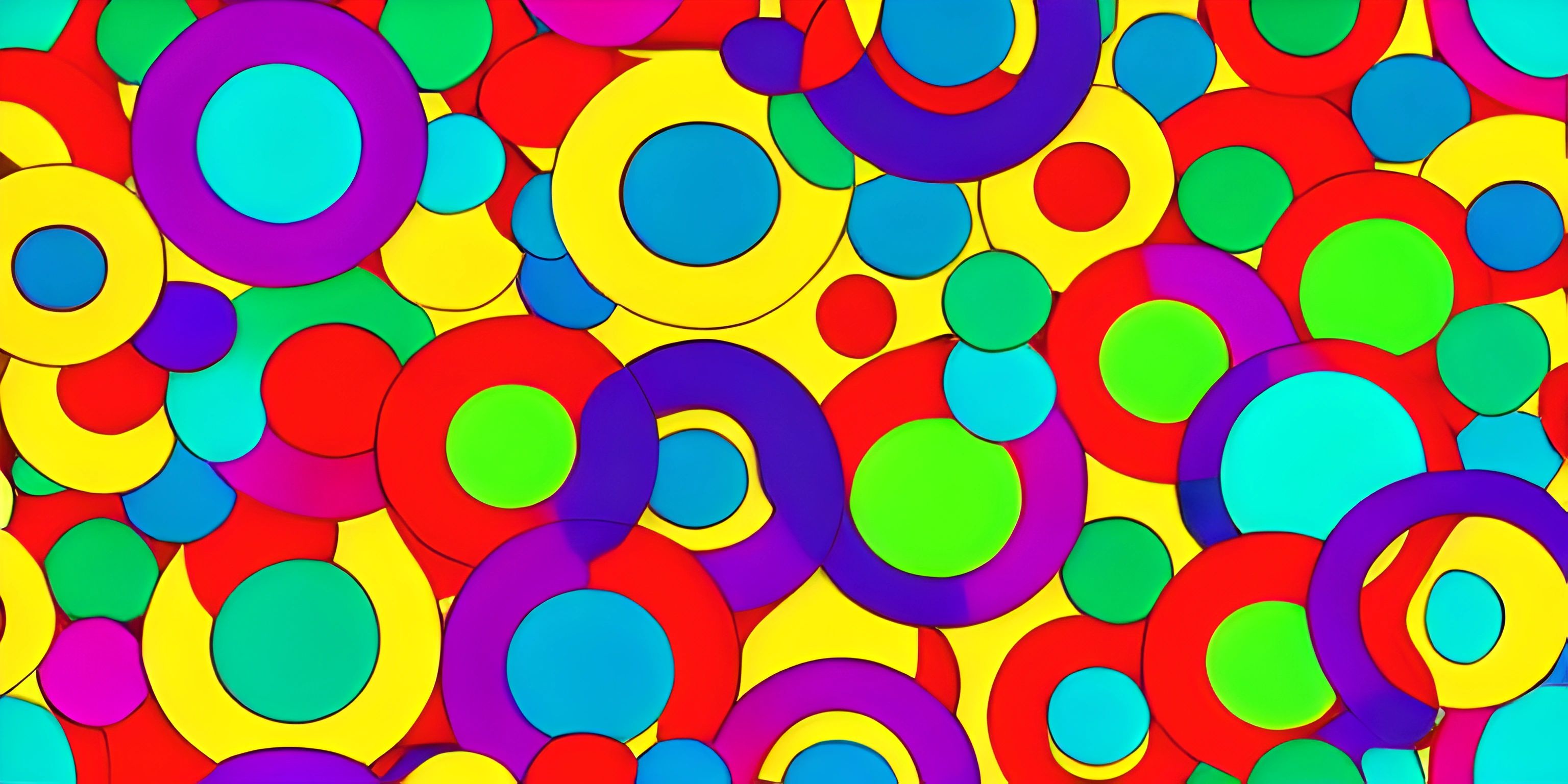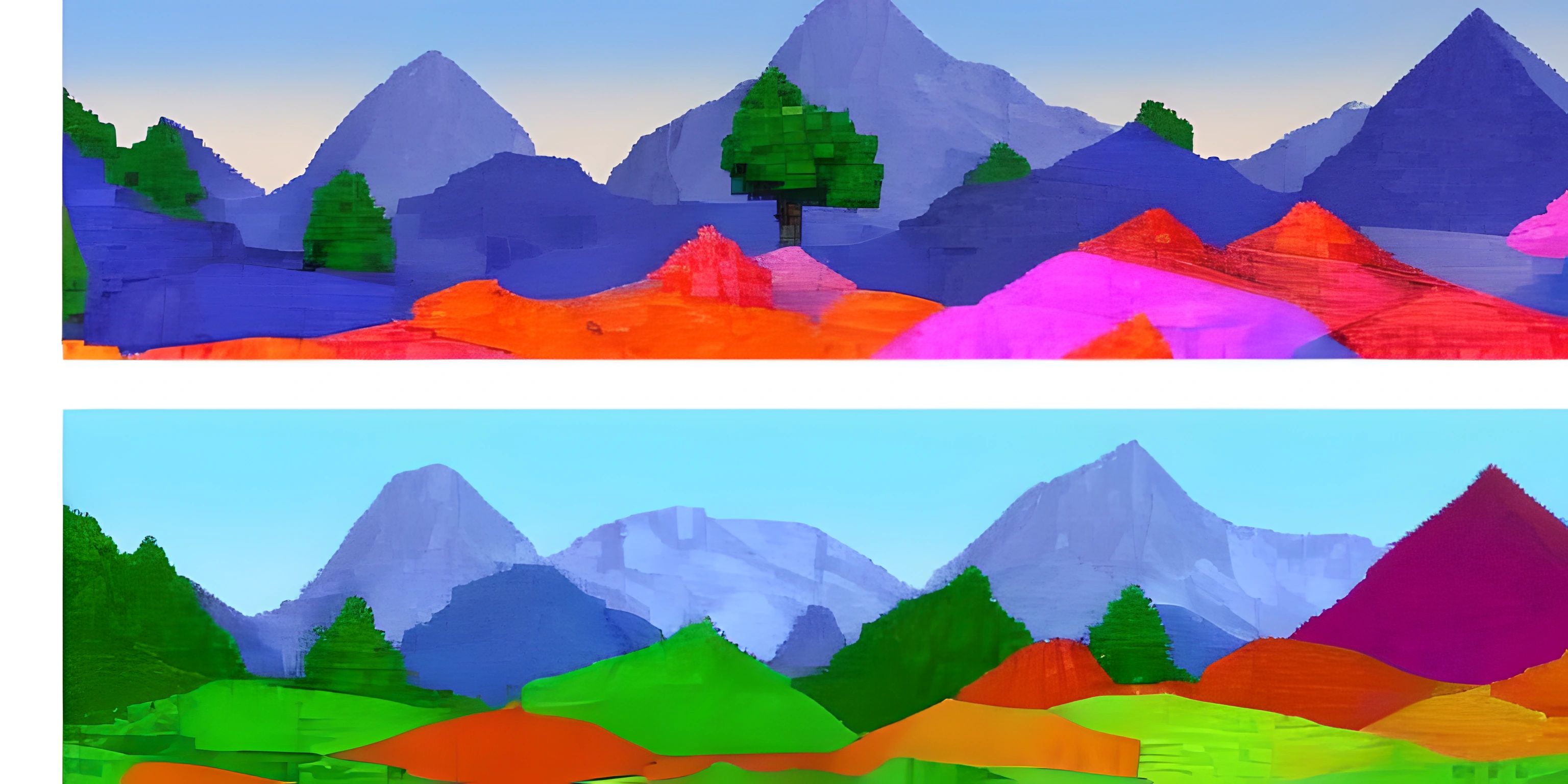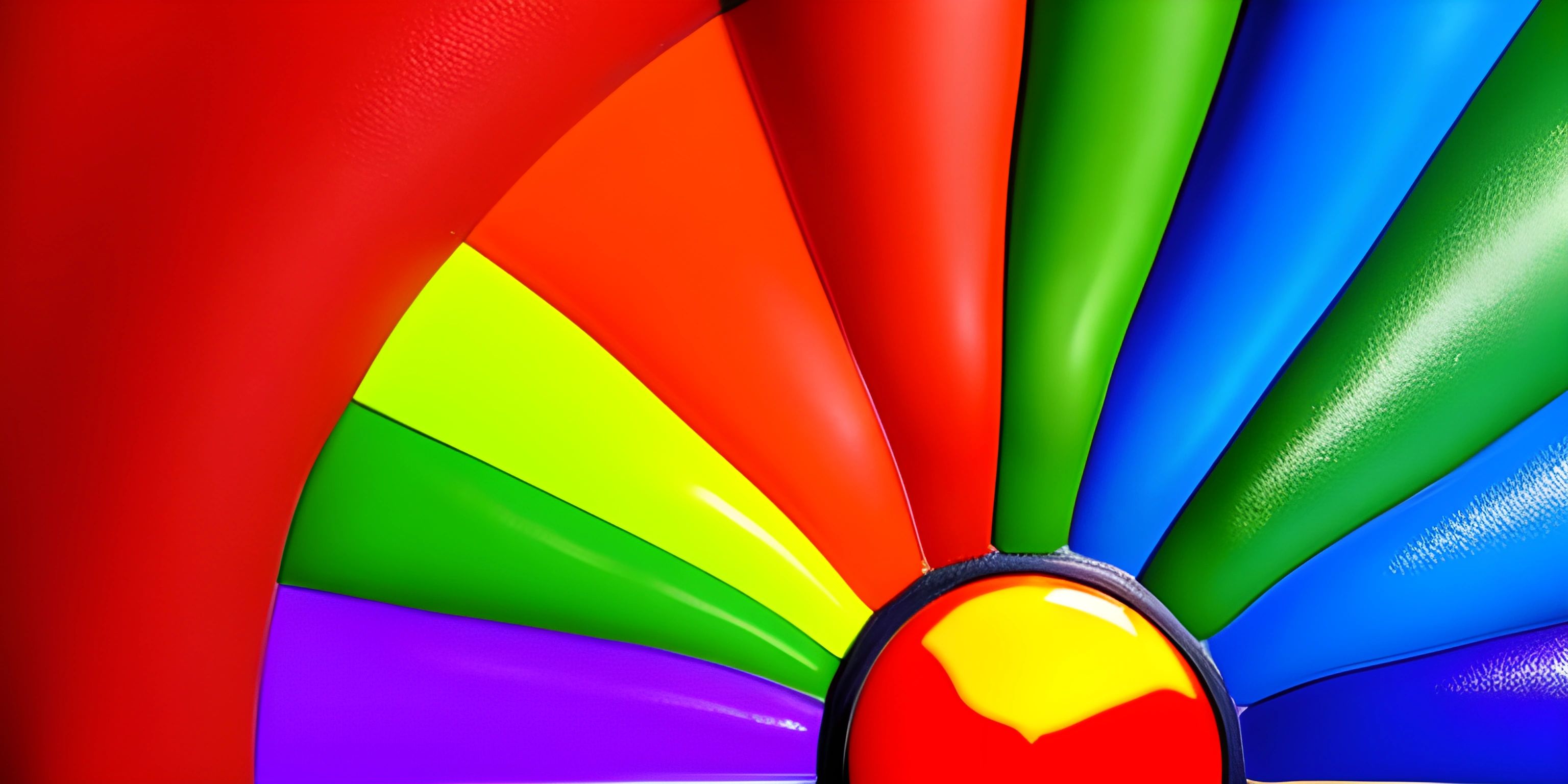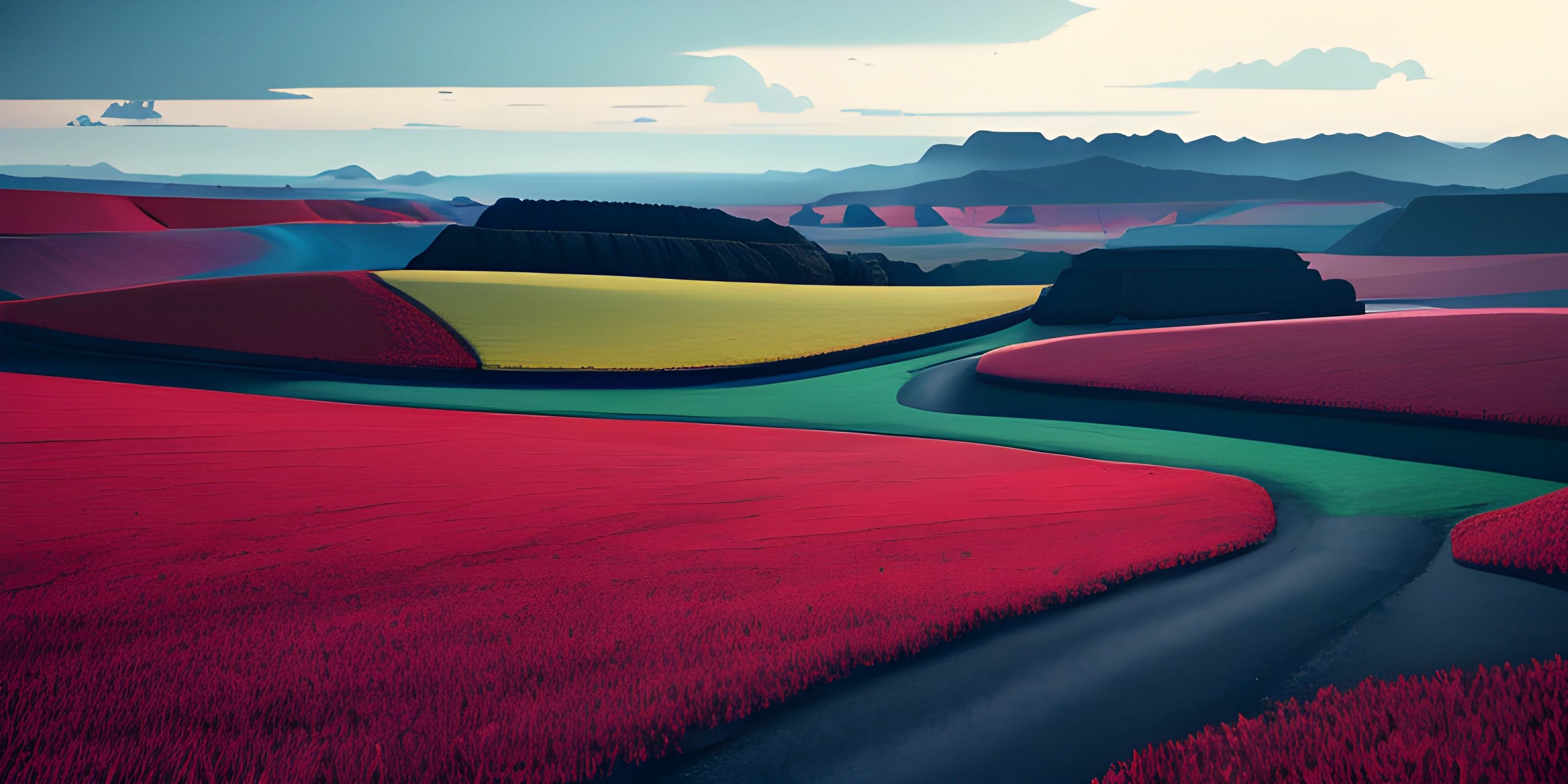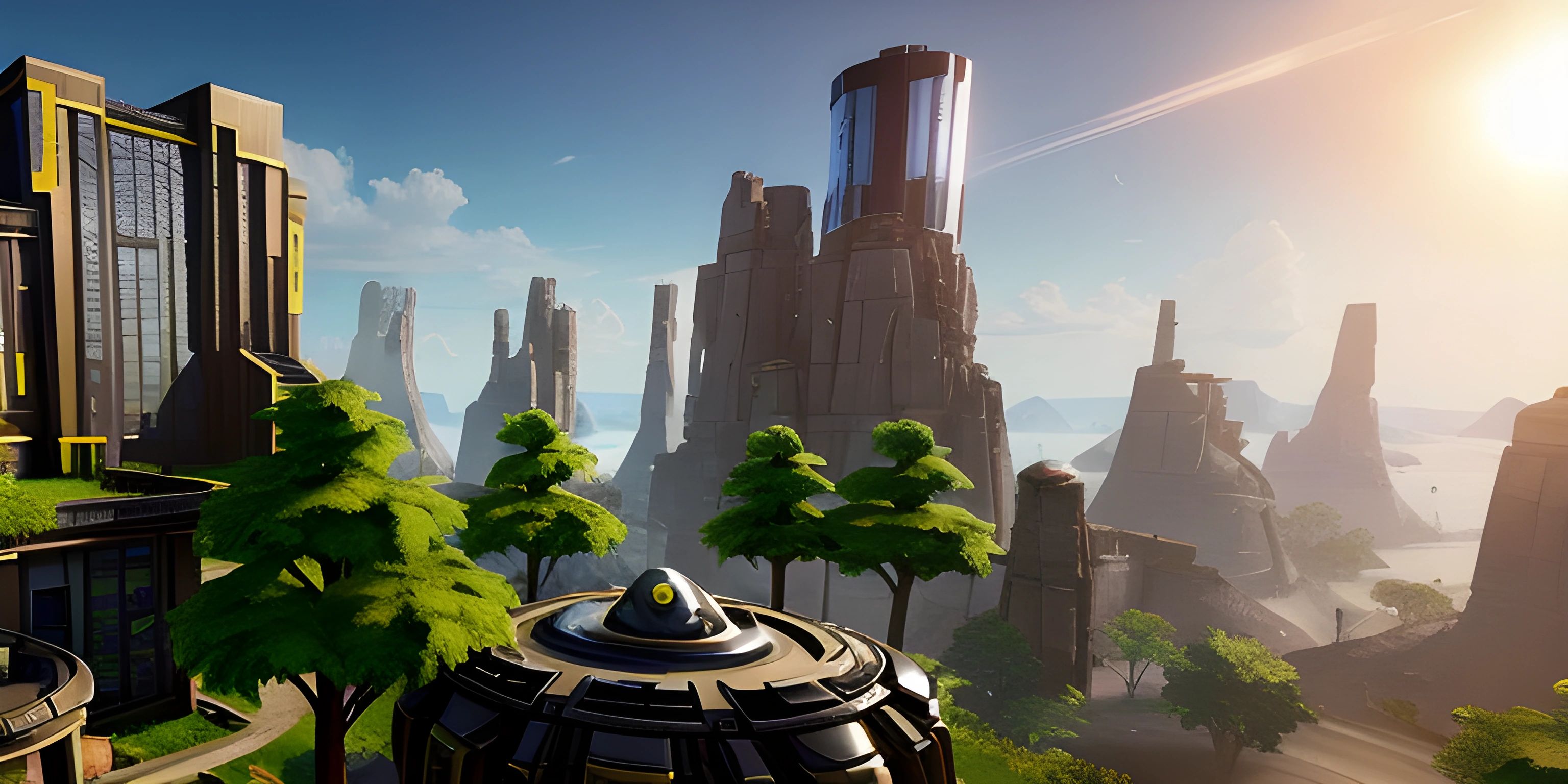HSL Color Model: A Brighter Way to Color
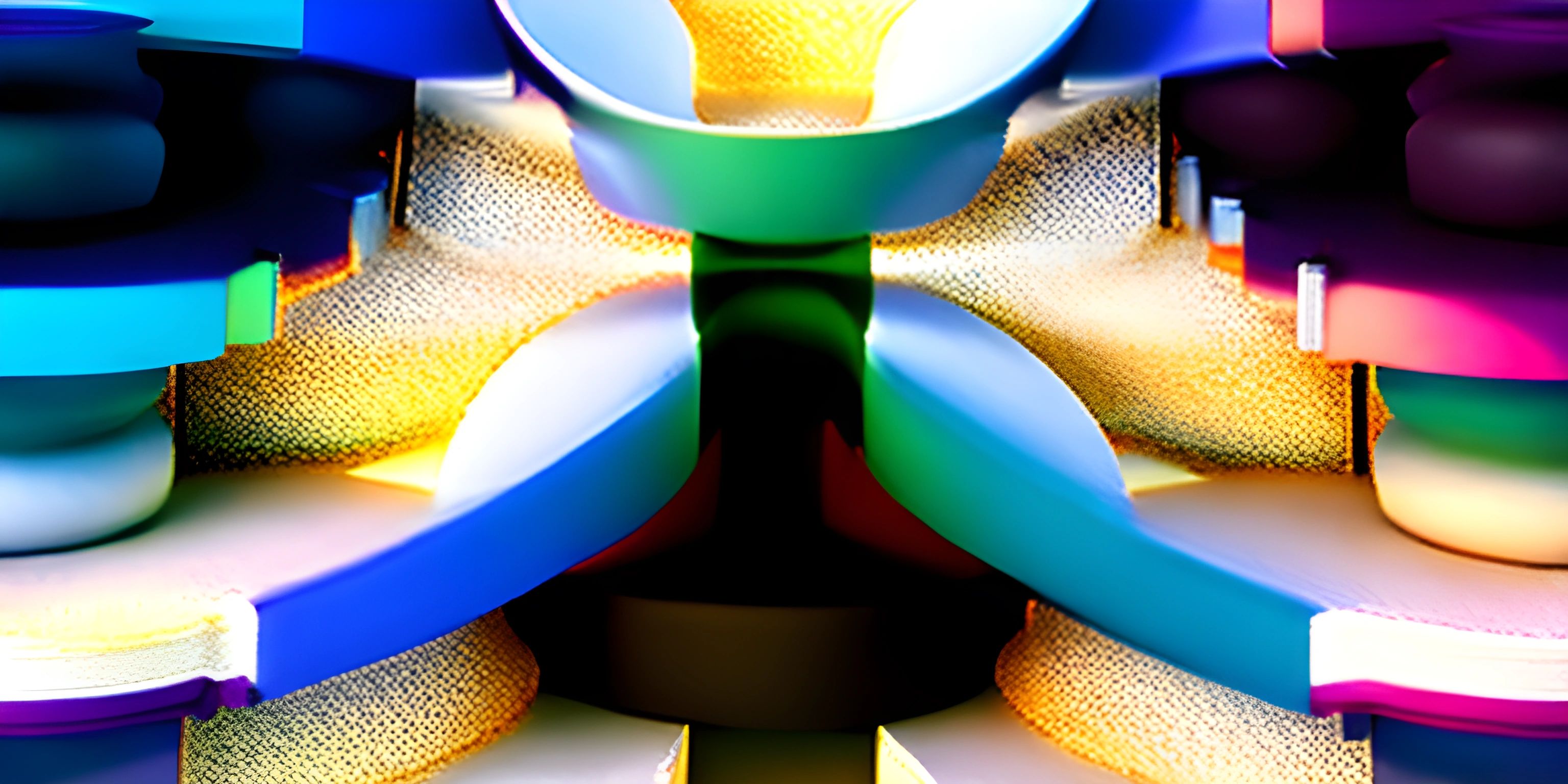
Note: this page has been created with the use of AI. Please take caution, and note that the content of this page does not necessarily reflect the opinion of Cratecode.
Ever stared at a rainbow and wondered how you could capture its vibrant hues in your program? Or perhaps, you've been perplexed by the seemingly arbitrary numbers in an RGB color code. Well, welcome to the HSL color model, your personal rainbow wrangler!
What is HSL?
HSL stands for Hue, Saturation, and Lightness. It's a color model, which is just a fancy way of saying it's a system that we use to create and talk about colors. While the more commonly known RGB model is like a meticulous baker measuring out exact amounts of red, green, and blue, the HSL model is more like a whimsical painter, twirling around a color wheel.
Hue
Think of the Hue as where you're pointing on the color wheel. It's measured in degrees, from 0 to 360, with each degree corresponding to a color. At 0 (or 360) you've got red, at 120 degrees you'll find green, and at 240 degrees you'll bump into blue. Here's a quick snippet of CSS code to give you an idea:
div {
background-color: hsl(0, 100%, 50%); /* This will be red */
}Saturation
Saturation is all about the intensity of the color, it's like the volume control for your color. A saturation of 0% gives you a grayscale color, no matter your hue. On the other hand, a saturation of 100% gives you the most vivid color possible.
div {
background-color: hsl(0, 0%, 50%); /* This will be gray */
}Lightness
Lastly, the lightness is what it sounds like: how light or dark the color is. A lightness of 0% will always be black, while a lightness of 100% will always be white. Lightness at 50% gives you the full color, as determined by your hue and saturation.
div {
background-color: hsl(0, 100%, 100%); /* This will be white */
}Why HSL?
The beauty of HSL lies in its intuitiveness and flexibility. It's way easier to visualize a color wheel than to mentally mix red, green, and blue in the right proportions. Want a lighter shade? Increase the lightness. Want a softer color? Dial back the saturation. It's as simple as that. Plus, it's a lot easier to create harmonious color schemes with HSL.
Sure, RGB has its place. It's great for when you need precise control over each color component. But if you're looking for a color model that gives you a more natural way to think about and manipulate color, HSL is the way to go.
Hey there! Want to learn more? Cratecode is an online learning platform that lets you forge your own path. Click here to check out a lesson: Rust Color Mandelbrot Set (psst, it's free!).
FAQ
What does HSL stand for?
HSL stands for hue, saturation, and lightness, which are the three components of the color model.
Why might I use HSL over RGB?
HSL is often seen as more intuitive to work with than RGB. It allows for easy adjustments of the color components and can make creating harmonious color schemes simpler.
What values does each component of HSL take?
In HSL, hue is measured in degrees (0-360), saturation and lightness are both represented in percentage form (0%-100%).
How does changing the saturation in HSL affect the color?
Changing the saturation in HSL changes the intensity of the color. A lower saturation will make the color more grey, while a higher saturation will make the color more vibrant.
Can I use HSL in CSS?
Yes, you can use HSL in CSS to define colors. The format is hsl(hue, saturation%, lightness%).

